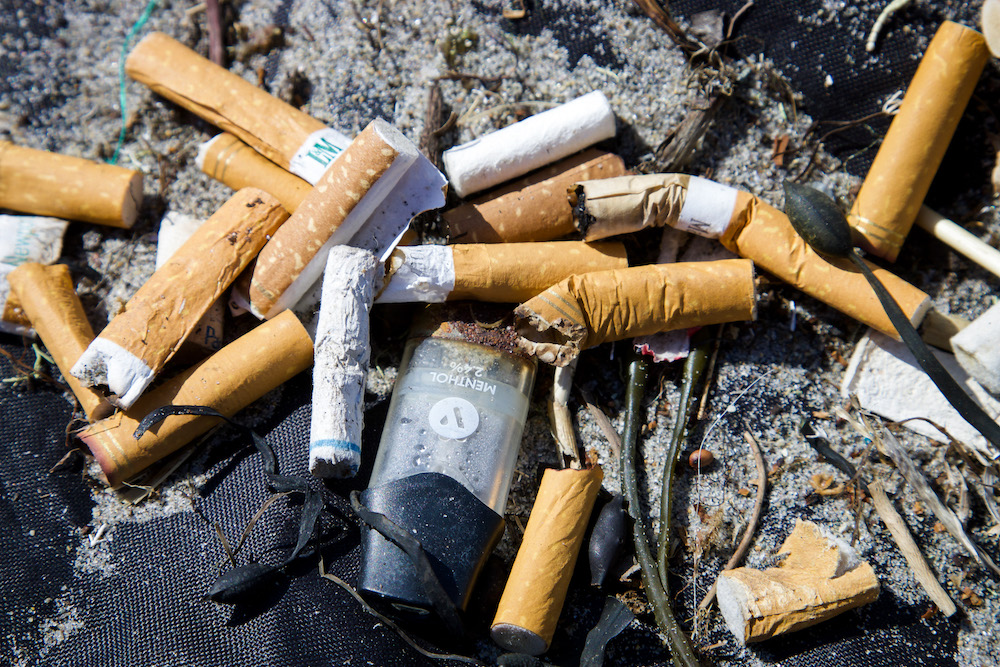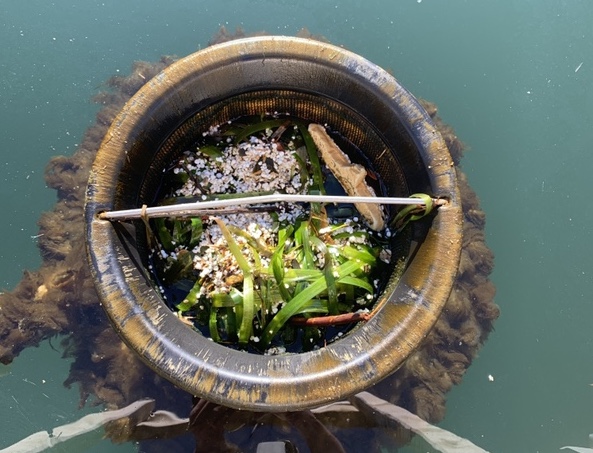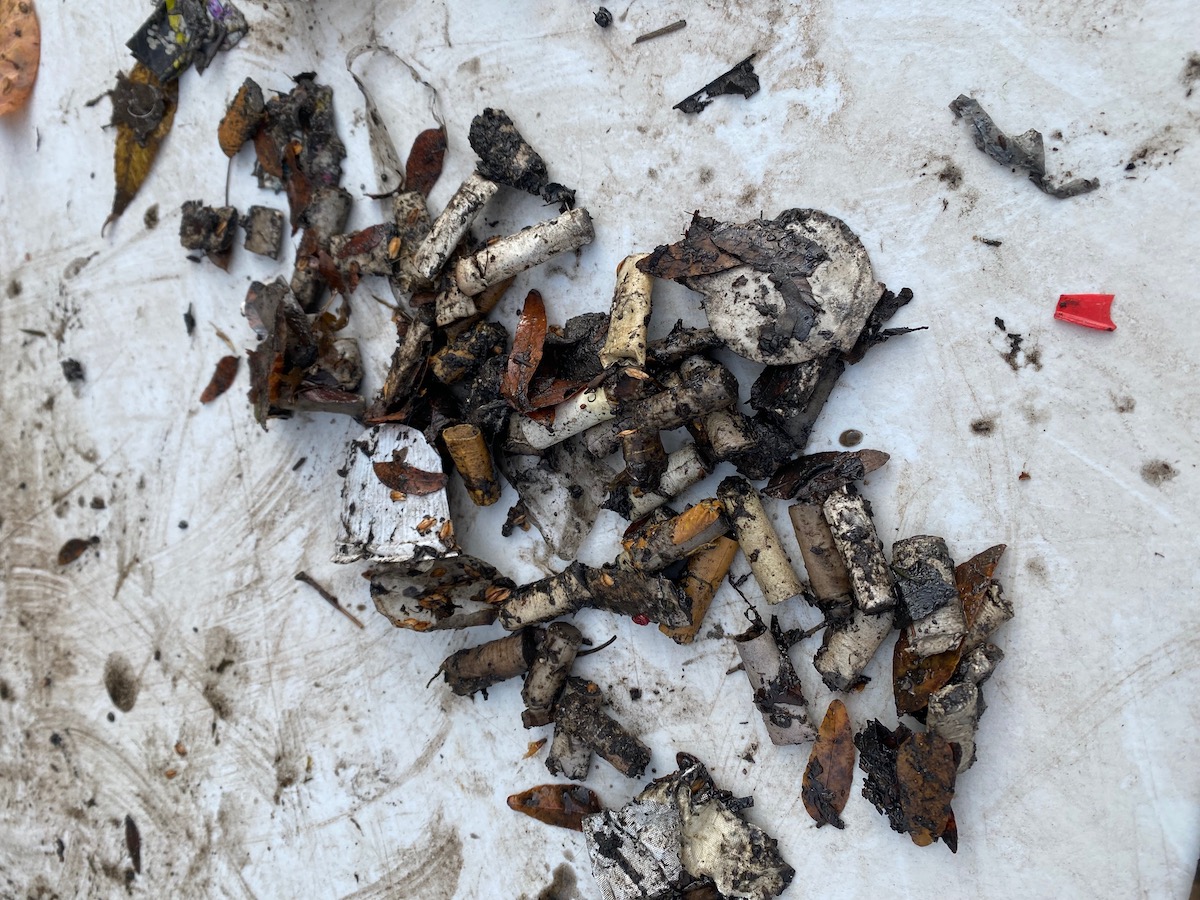How Much Trash Can a Trash Trap Trap?
Reflecting on the International Trash Trap Network’s accomplishments, one year in

Hannah De Frond works with Ocean Conservancy and the University of Toronto Trash Team to coordinate the International Trash Trap Network with the goal to expand the use of trash-trapping technologies to increase cleanup efforts and to document their collective impact.
Cigarette butts, food wrappers, bottle caps and a generous helping of microplastics—these are just some of the things you might find in a trash trap on any given day.
Even with the best waste management, some trash still reaches our waterways where it can harm wildlife and ecosystems. We know from more than three decades of the International Coastal Cleanup® (ICC) that “people power” can remove huge amounts of litter from the environment.
How much more could we collect with widespread use of trash-trapping devices?
One year ago, the International Trash Trap Network (ITTN) was launched with this very question in mind. A collaboration between Ocean Conservancy and the University of Toronto Trash Team, the ITTN aims to bring together groups around the world operating trash-trapping devices to clean up human-made debris from their local waterways. These groups report data on what trash they collect as part of the ICC.
With a growing market for trash-trapping technologies, there are now options available in all shapes and sizes. They range from the 50-ton Mr. Trash Wheel® that removes large plastic debris from Baltimore’s harbor, to LittaTraps™ that act as storm drain filters. In 2021, groups across 37 locations in Canada and the United States joined the ITTN network, collectively using 63 different devices—including LittaTraps, Seabins™, and Gutter Bins—to trap trash in their local waterways.

When planning a trash-trapping project, groups consider litter accumulation, environmental conditions and potential impacts on local wildlife. For instance, many of Toronto’s Seabins are located in slips throughout the Harbourfront where litter accumulates. Though trash traps are designed to avoid animal interaction, they are also regularly monitored to ensure that marine life is staying out and waste is getting in.
Groups that are trapping trash as part of the ITTN also monitor their devices for our favorite thing: DATA! We quantify the impact of trash trapping by weighing the trash that is collected and by identifying and counting the types of debris. By collecting data, we can measure our local and collective impacts. This data can also be used for education and to identify sources of pollution to tackle the problem at the source.
In all, over 7,066 pounds (3,205 kgs) of debris was collected across the network in 2021.
Of that, approximately 70 pounds (32 kg) was plastic debris, most of which was microplastic trapped among the organic matter. While the ITTN is proud of our achievements for this first year, we know that these results are almost certainly underestimates of the total trash collected. Although trash traps can operate 24/7, 365 days a year, data isn’t always recorded every single day. On average, each device recorded cleanup data for 44 days of the year, meaning there were many days where waste was captured but not recorded.

The top identifiable debris items recorded in 2021 were cigarette butts. Food wrappers, paper receipts (which are often covered in a plastic coating, rendering them unrecyclable) and bottle caps also made the top ten. Small plastics (2mm-3cm) represented the largest proportion of items recorded. Foam was the most common small item, and more than 150,000 pieces of small plastics were collected across the network.
This year’s data is a small snapshot of our collective efforts.
We have a long way to go, but we’re excited by how far the ITTN has come already. The more groups we bring in means more trash traps installed that are collecting and diverting plastic litter 24 hours a day and seven days per week. The use of trash traps also leads to more outreach, more education and more data collection which can help us better understand the issues related to marine debris and inform upstream solutions to help solve our plastic pollution problem.